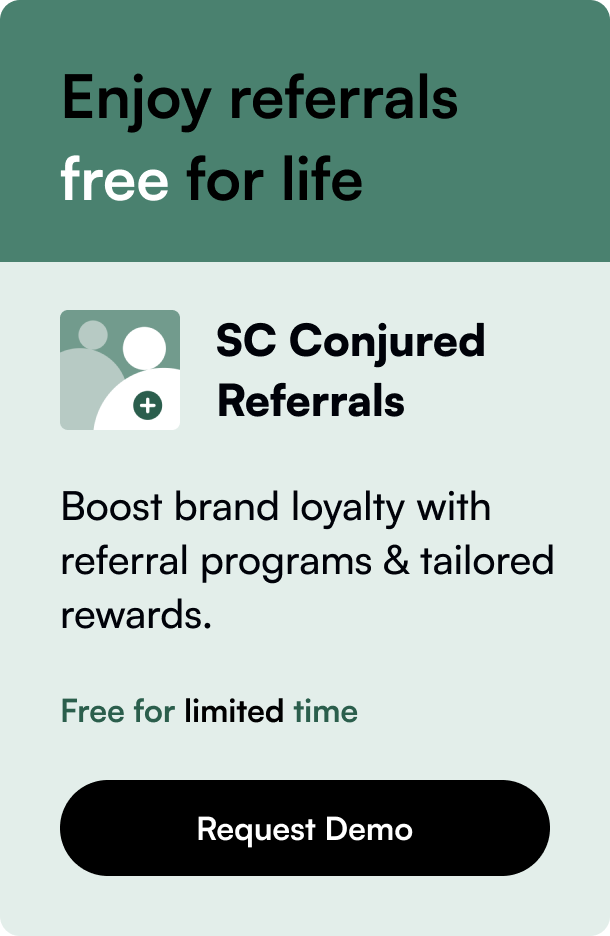Table of Contents
- Introduction
- Understanding Shopify and Calendar Integration
- Choosing the Right Calendar for Your Shopify Store
- Step-by-Step Guide on Adding a Calendar
- Keeping Your Calendar Attractive and User-Friendly
- FAQs and Troubleshooting
- Conclusion
Introduction
Have you ever gotten lost in an endless email chain trying to confirm an appointment or a delivery time? Or perhaps you've missed out on sales because clients weren't sure when your next event was? Integrate a calendar into your Shopify store and brace yourself for a seamless experience—both for you and your customers. This post promises to guide you through the process of integrating a calendar into your Shopify store, offering a leap towards efficiency and customer satisfaction. We'll start with a simple, attention-grabbing fact: as per Shopify's own research, stores that offer easy scheduling and event information directly on their site have seen an uptick in customer engagement. Now, let's learn about the current importance of calendar features and dive deep into how you can blend them smoothly into your Shopify site.
Understanding Shopify and Calendar Integration
Shopify, at its core, is a comprehensive e-commerce platform designed to make online selling as uncomplicated as possible. Adding a calendar function aids both in organizing and promoting events, setting appointments, or managing bookings. Imagine having a system that works around the clock, ensuring your clients can always find a suitable time-slot or stay updated with your upcoming events. We will dissect not only the 'how' but also explore the 'why' behind incorporating a calendar into your Shopify setup.
Choosing the Right Calendar for Your Shopify Store
The digital age has gifted us with myriad options for almost everything, calendars included. Take the time to evaluate your specific needs. Are you looking for an event calendar or do you need a booking function for appointments? Perhaps you’re eyeing a feature-rich calendar that not only allows appointment setting but also automatically syncs with your Google Calendar or iCal? We'll navigate through the best calendar features relevant to your products and services.
Step-by-Step Guide on Adding a Calendar
We'll take it from the top with a detailed guide on adding a calendar. You need not be a tech wizard; following these elementary steps will get you through seamlessly.
Considering Built-in Features vs. Third-Party Apps
Shopify might not come with an in-built calendar feature, but that’s hardly an obstacle. Shopify offers a pool of third-party calendar apps which you can leverage. ‘BookThatApp’ and ‘Events Calendar’ are prominent ones known for their ease of use and robust mechanisms. Go through the selection process, taking into account customer reviews, functionalities, costs, and overall compatibility with your Shopify theme.
Adding via Shopify App Store
The Shopify App store is a treasure trove for adding functionalities to your store, calendar inclusive. I will walk you through finding a suitable app and the ins and outs of integrating it with your online store. Here's a model to get you going:
- Head over to the Shopify App Store.
- Use the search function to find an "Event Calendar" or a "Booking App."
- Install the app and follow the provided setup instruction within the app.
- Adjust the settings to suit your display preferences and sync options.
Embedding Calendars with Codes
Perhaps you’re a little tech-savvy and want a fully customized experience? Embedding an events calendar into your Shopify page using provided embed code could be for you. We’ll break down the intricacies of finding your embed code, choosing the right page for your calendar, and of course, the snippet of codes you might need to insert into your Shopify’s theme code files.
Importing Events from Other Platforms
If you are already managing your events using Google Calendar, Outlook, or Eventbrite, it'd take just a few extra steps to have them displayed on your Shopify store calendar. We’ll guide you on how to make connections that auto-update, so the event details on your site remain in sync, effortlessly.
Keeping Your Calendar Attractive and User-Friendly
The aesthetics and functionality of your calendar are paramount. We will discuss choosing calendar layouts, colors, and themes that not only attract but also offer intuitive navigation to your clients. Plus, the fewer clicks it takes for a client to do what they need to do, the better the user experience.
FAQs and Troubleshooting
Q1: Can I sync the calendar with my personal device?
Yes, most third-party apps offer syncing options with Google Calendar or iCal, making it easy to manage on personal devices.
Q2: Will adding a calendar slow down my Shopify site?
Choosing the right app and following best embedding practices will generally not have a noticeable impact on site speed.
Q3: How can I prevent double-bookings?
Select calendar apps that include a feature to prevent overlapping appointments to avoid double-bookings.
Q4: Is tech support available for calendar integration?
Yes, most app developers offer customer support for installation and operational difficulties.
Q5: Can I display multiple event types on my calendar?
Sure, you can customize calendars to display various types of events, such as sales, webinars, and in-store events.
Conclusion
Creating a failproof system that serves both your scheduling needs and keeps your customers informed can revolutionize the efficiency of your online business. A well-implemented calendar acts as the driving gear in the clockwork of your Shopify store. Hopefully, this insightful journey empowers you to fully harness the potential of integrating a calendar with your Shopify store, ensuring you stay organized and your customers stay engaged. Let’s put the dates, not just on the calendar, but also mark milestones in your business growth story.









